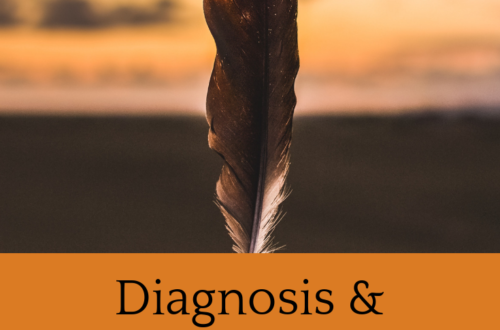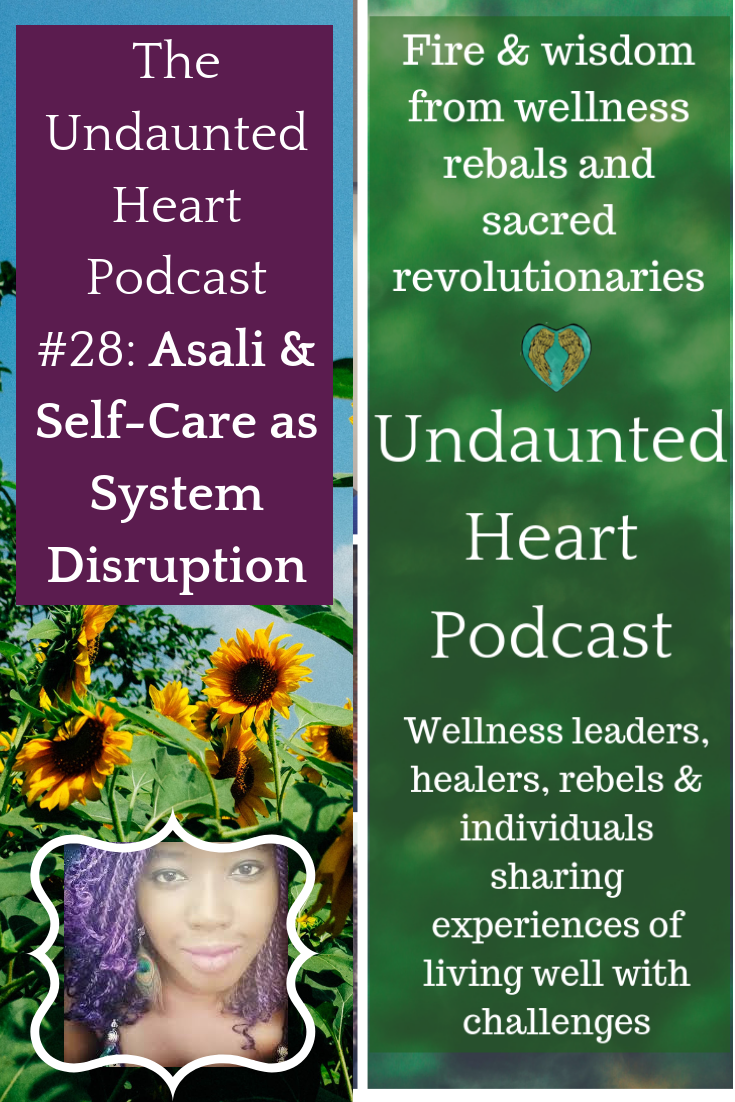The Girl Who Walked into Walls: A Story of Finding the Way Home

When I was a girl, I used to walk into walls.
Walls, doors, tables… I’d clip my hips or shoulders walking past anything. I didn’t know where my edges were. There were no clear boundaries.
This made learning to drive a nightmare because I didn’t know where the edges of the car were either, and just as I’d bang into furniture, door frames, people, I’d also hit things with the car too. Why was this? I didn’t know where my body began or ended because I wasn’t in it.
Disassociation is a common response to trauma. Disassociation itself is quite usual, and you’ve probably experienced it. If you’ve ever drifted off in a day dream or had the experience of travelling somewhere familiar and realising you can’t remember the journey, or watching a film, and drifting off so although you’ve been awake you aren’t really sure of the story – that’s dissociation.
There’s a scale of disassociative experiences and the daydream type are quite mild. On the other end are experiences like memory loss, dissociative personality disorder, not recognising your body as your own and so forth. In trauma situations if someone is in a situation they can’t tolerate but can’t physically escape from, they may well escape by disassociation, to check out, mentally when one can’t escape physically.
It can be a terrifying experience, not to know oneself, to drift free of one’s moorings, rootless, without an anchor, without a body, without a home, without a sense of self to come back too. To be severely disassociated can be to live in the storm of one’s thoughts, tempest tossed from one fear spiral to another, without rest or any prospect of it.
For me, the first step in the journey home was to realise that I was experiencing disassociation, and what that meant.
When I told my story, for years it was as though I was telling the story of what had happened to someone else, or an unusually eventful and slightly traumatic play.
CLICK TO TWEET – “I survived, that’s what happened, or that’s the most important part anyway.”*
The really interesting bit is what happened when I began reclaiming my body. The disabilities although in depth are not the heart of this tale, they are just the footnotes, I am the adventure story.
I began to reclaim my body slowly, at first unconsciously. Rocking from disassociation to embodiment and back again. Feeling myself, my body, moving from my bones was unfamiliar to me.
I reclaimed my body a piece at a time, inch by inch I returned, fighting to hold onto my ground when triggers moved me to flight. Each day I worked to make my world safe enough that I felt safe to live in it.
But reclaiming my body, my ground and my world was not all a gruelling struggle. I found I healed even further when there was joy.
The first step towards reclaiming came when I was still bed-bound. In the stifling attic of an 18th century townhouse in Berkshire, I lay on the antique French linen sheets which had been my wedding dowry, bought by me, for us. I was so close to leaving my body but I wanted to come back.
This was challenging. It didn’t even feel like me anymore. I couldn’t do anything I used to do, my body seemed only a site for pain and medical investigations.
I couldn’t move, couldn’t wash, but I could and did wear vanilla scented iridescent body glitter every single day. My husband crowned me in a tiny tin tiara and decorated my swollen arms with glitter. I’d lie in the dim room, watching my arms sparkle in the soft light from the roof window.
It felt like me. It felt a little like power and a little like home. A shining beginning.
Decorating our bodies can be a powerful act. A dear late friend of mine reclaimed her body after surgery for ovarian cancer by having her husband paint henna tattoos on her bald head, while she lay healing in her hospital bed. I sent her glitter and bracelets and she sent me scarves and heartfelt letters.
The day I chose blue crutches and a shining sapphire wheelchair as my tools for liberation was another step home.
When I learned how to speak to my doctors as an equal, and build a healing team rather than letting anyone with an interest and a medical degree poke all over me – that changed my world.
Slowly, I learned to embody joy.
It’s an ongoing process, I invite you to join me.
I am guest blogging at EsmeWang.com today on managing disassociation, which you can read here.
*Quoted from a short story by Terri of wRFA.com




